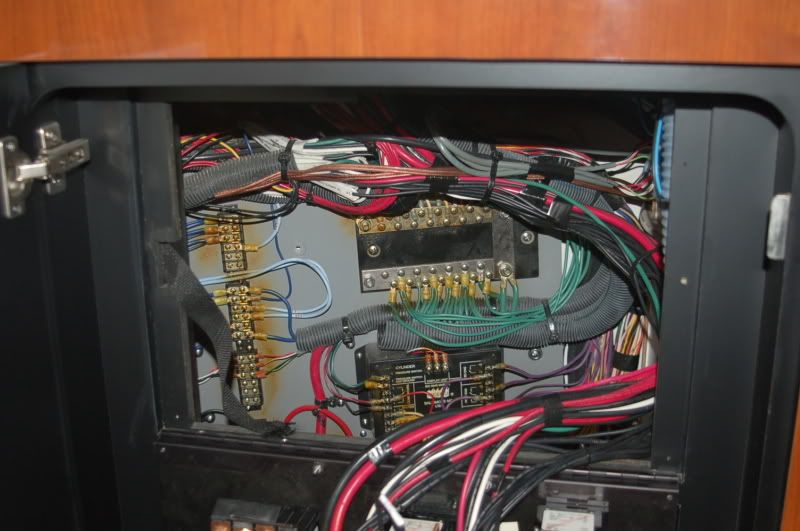JimG
Well-Known Member
- Nov 4, 2008
- 6,085
- Boat Info
- 2007 310 DA
Kohler 5ECD
- Engines
- Twin 350 Mags
Raw Water Cooled
V-Drives
IMO, the only thing the shrink tubbing buys you is strain relief (which is good in some cases!). The ring end is still exposed and the more likely connection failure is the loose screw (assuming a good crimp). :smt001






